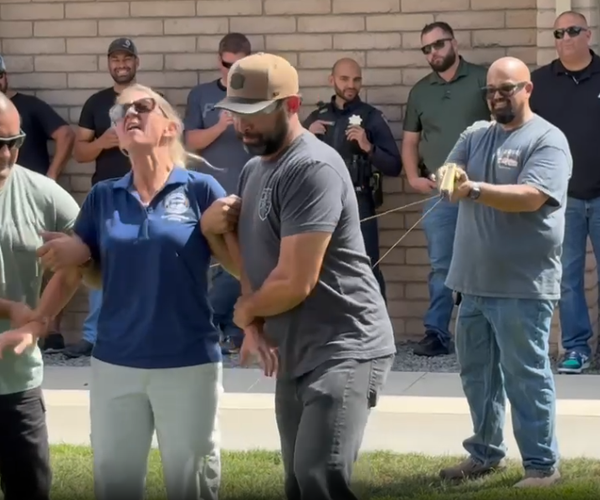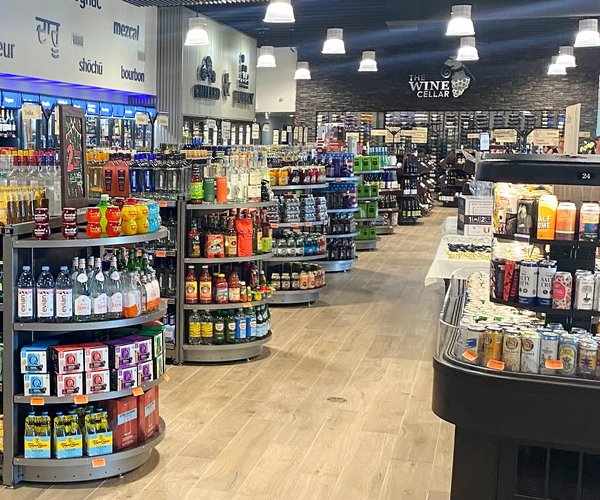Manteca needs to spend in excess of $633 million on water and wastewater system improvements through 2045.
Of that, roughly 22 percent or $142 million will need to be covered by existing households and commercial concerns.
That’s the bottom financial line of the water master plan and wastewater master plan updates being presented to the City Council when they meet tonight at 6 p.m. at the Civic Center, 1001 W. Center St.
The studies are precursors to adjusting monthly water and sewer rates that haven’t been increased for more than 13 years.
The last three scheduled annual rate increases for both municipal services were “held in abeyance” by a previous council once they were adopted. Ultimately, they never went into effect.
The two masterplans also will be the basis for increases in the cost of connection fees paid when new housing or commercial growth is connected to the system
The existing customers through existing rates and future hikes will replace infrastructure as it wears and nears failure as well as for their share of the cost of updated treatment processes mandated by the state.
Aging pipeline — include waster system lines that date back to the 1910s — represent the biggest cost items that existing customers will pay to have replaced over the course of the next 22 years.
Both existing customers and growth will pay their proportionate share of a new municipal utilities building at the wastewater treatment plant.
Growth will pay for the projected expanded capacity needs for both water and wastewater.
That $491 million tab does not include new lines to serve growth. Those improvements are put in by developers and turned over to the city. The cost is collapsed into the price of a new home.
The $491 million to accommodate capacity needs will result in higher water and sewer connection fees for new homes and new commercial endeavors.
The upgrades are designed to allow Manteca to stay ahead of a 2.8 percent annual growth rate.
Water system upgrades
The 907 page water masterplan update includes:
*A strategy to sustain the critically over drafted East San Joaquin County subbasin that Manteca taps into for its groundwater.
*Continuing to use non-portable water from shallow wells for irrigation purposes at select parks. That strategy was started in 2008.
*Increasing the amount of treated surface water used.
*Reducing the percentage of potable groundwater as a percentage of the city’s overall water consumption.
*Increasing the use of reclaimed water from the wastewater treatment plant for landscape irrigation
There are currently 17 wells of which two are standby wells.
There are also three water storage tanks.
They hold a combined 5.8 million gallons to help maintain water pressure and provide an emergency backup in case of a disruption of water flowing into the municipal system.
The city currently uses less than 19,000 acre feet of water a year.
Over the course of the next 22 years, Manteca will need to secure more than 50,000 acre feet of water on an annual basis.
It will involve adding six wells.
But the lion’s share of new water production will come from the second phase of the South San Joaquin Irrigation District regional surface water treatment plant expansion.
The $5 million tab will be covered by growth.
In terms of upfront costs, the surface water option is less expensive.
But more important, by dialing back on expanding groundwater use going forward the city is likely to meet a looming state mandate not to take more from the underground water basin than what is replenished in any given year.
In doing so, the water basin — assuming all others pumping from it comply — will achieve sustainability. That would mean water levels would stop dropping.
Wastewater system upgrades
The 1,160 page wastewater master plan includes:
*Taking into account how nitrate loads and increases in salt and their required treatment has effectively reduced the design capacity of the city’s existing plant configuration.
*The current interim improvement to the treatment plant that will allow it to handle 8.23 million gallons of wastewater a day.
*A two-phase expansion that will add in excess of 9.3 million gallons per day of treatment capacity. The first phase will cost $146.3 million and the second $70.5 million.
*The existing “interim” project work underway has a $79.5 million price tag and involves tweaking to the existing process to assure the city will have capacity as they gear up for the major expansion
The expansion of the treatment plant is less problematic and less extension due to the fact the original design of the current plant built in 2006 was done with such an expansion mind.
To contact Dennis Wyatt, email dwyatt@mantecabulletin.com






